| Angle A | Angle B |
|---|---|
 |
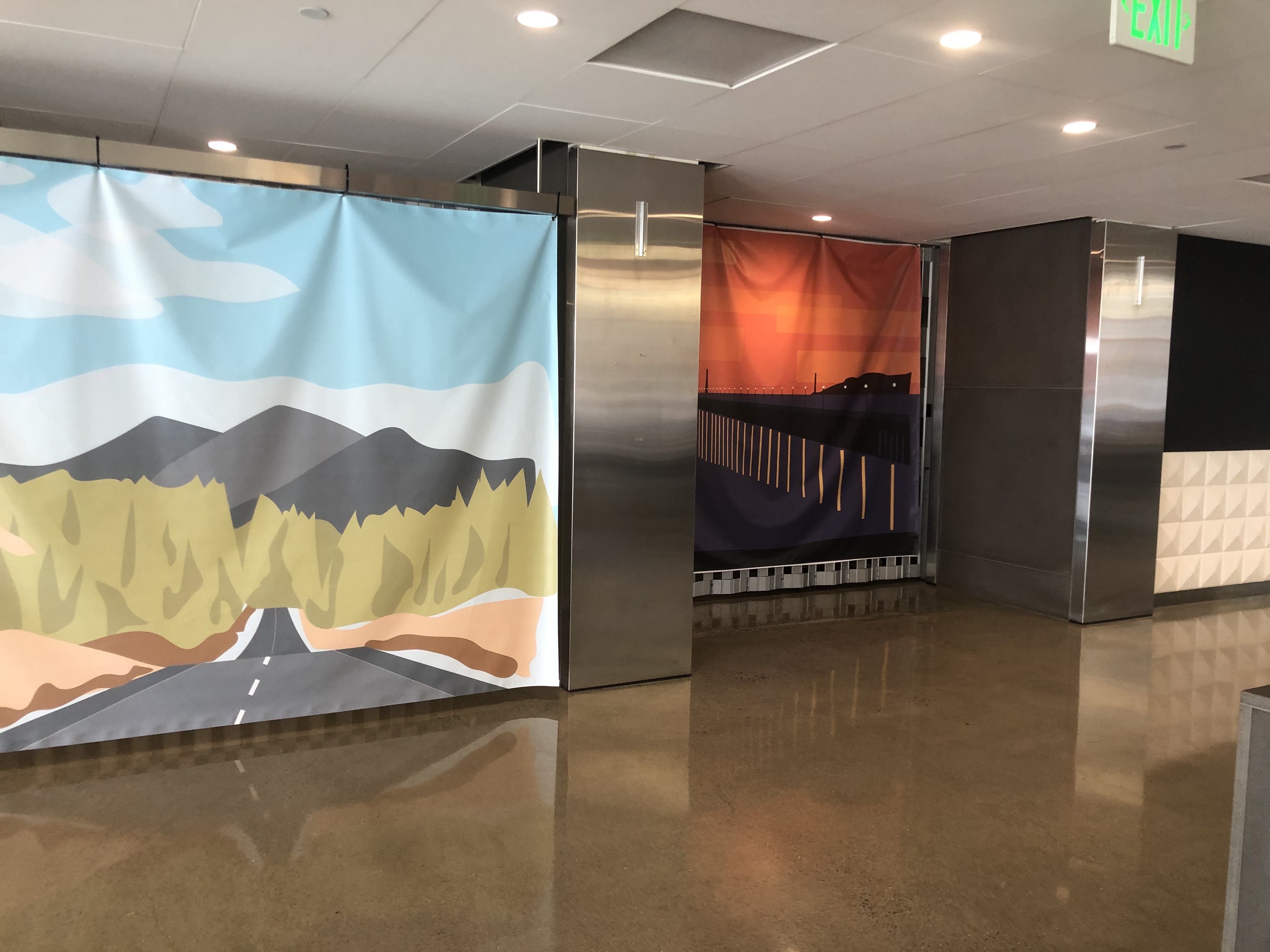 |
| Angle B | Angle C |
|---|---|
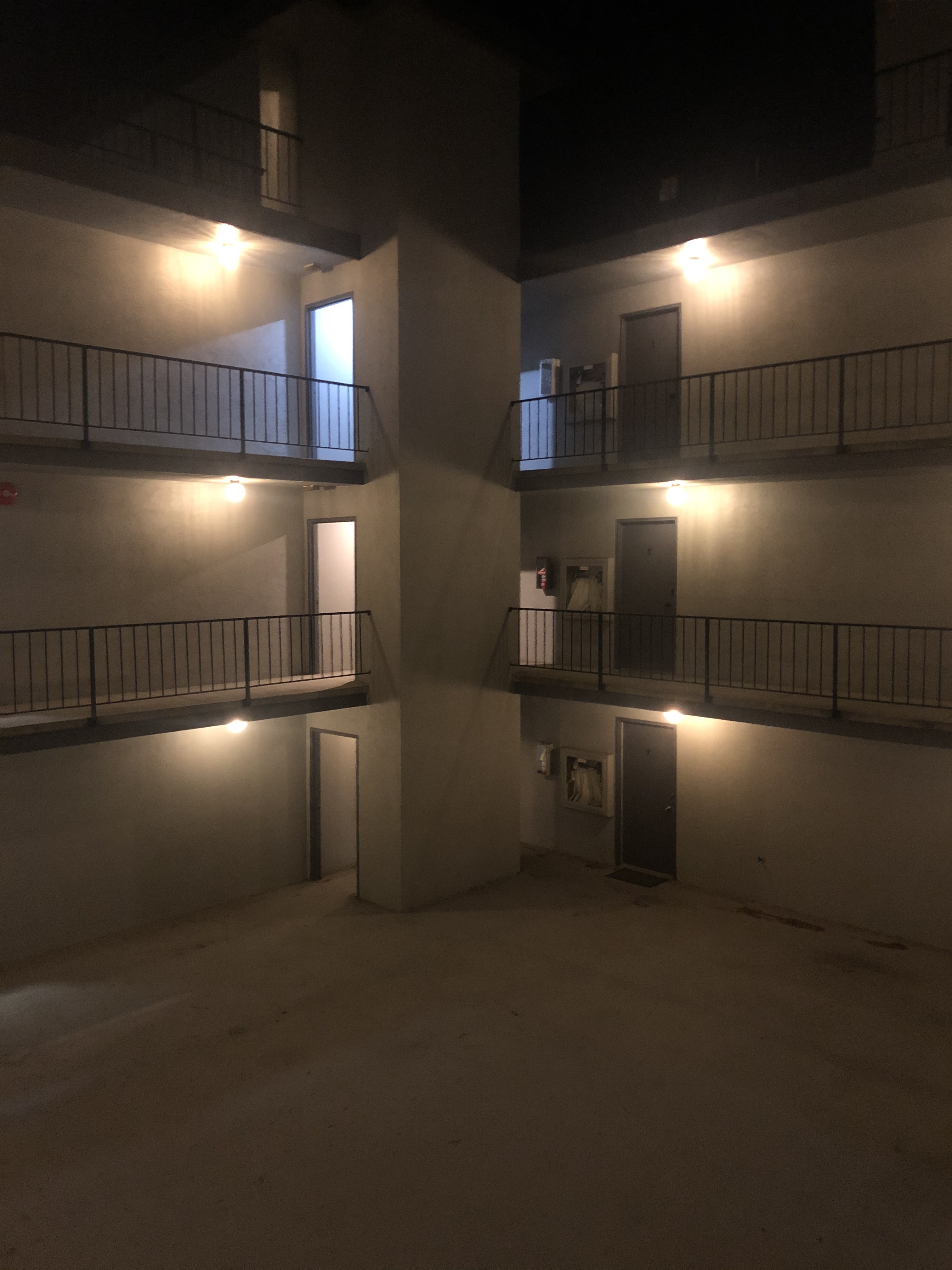 |
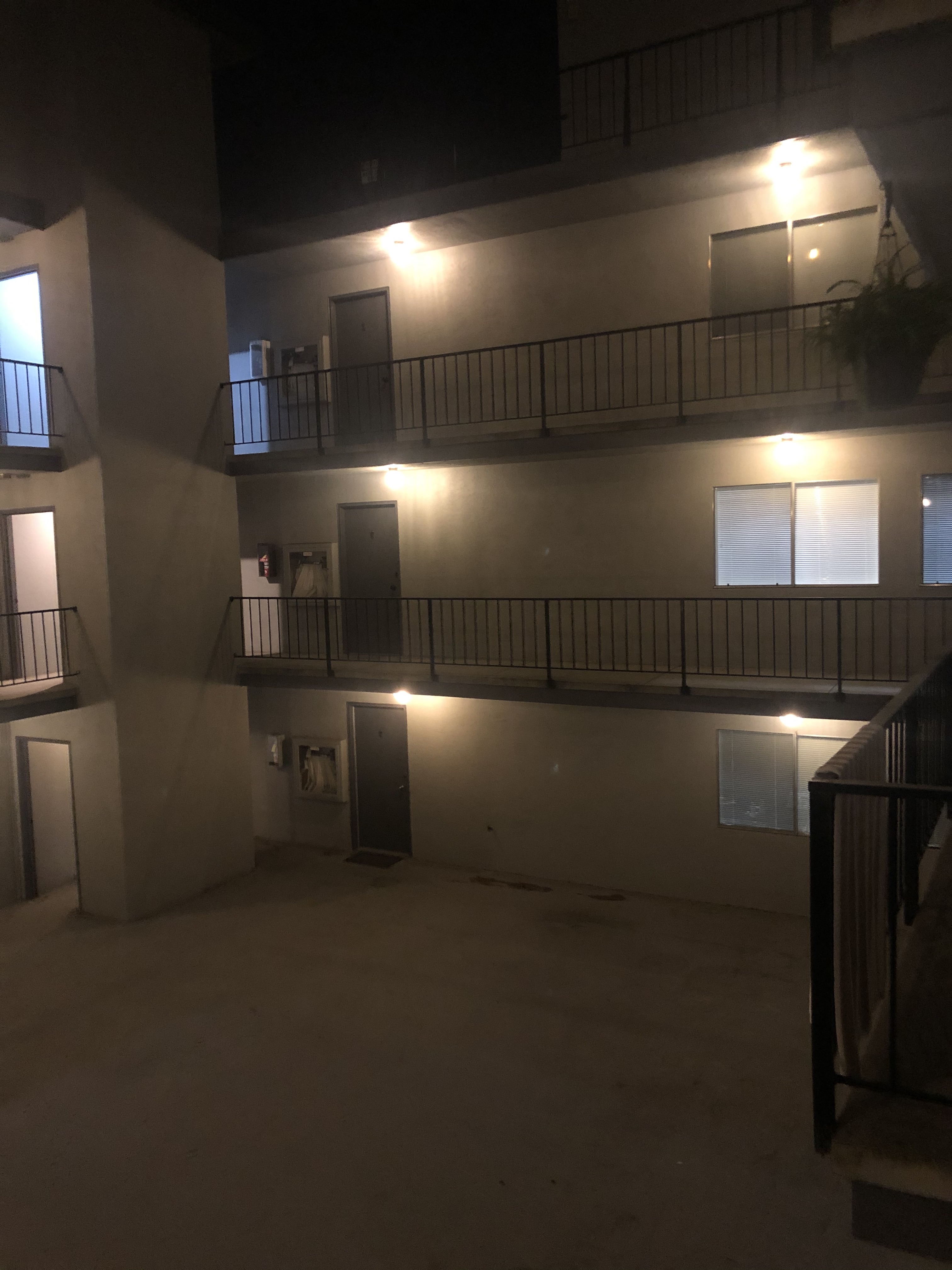 |
| Angle A | Angle B |
|---|---|
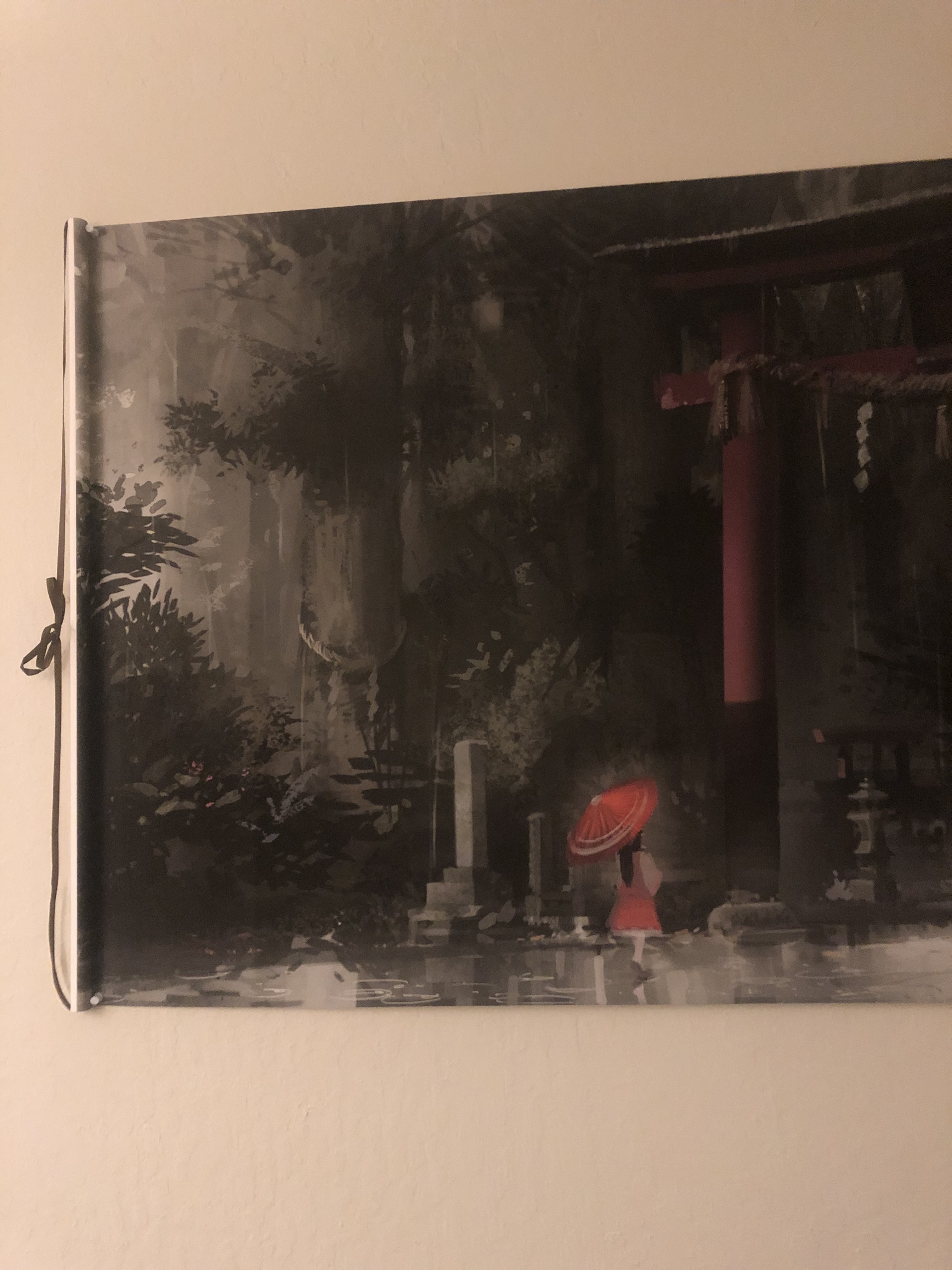 |
 |
| Angle A | Angle B |
|---|---|
 |
 |
| Angle B | Angle C |
|---|---|
 |
 |
| Angle A | Angle B |
|---|---|
 |
 |
| Homography Matrix | Solving for H |
|---|---|
 |
 |
To solve for H, we set a linear system of n equations. Though there are only correspondences in the image above, more than 4 correspondences can be provided and solved using least-squares to make a more robust homography.
I rectify two images, to make the plane frontal-parallel. For the first image, I chose to make the right walk-way frontal parallel. For the second, I made the wall frontal-parallel. Besides just applying the homography, I also have to translate the image so the whole image is captured and negative x/y values are fixed.
| Orignal | Rectified |
|---|---|
 |
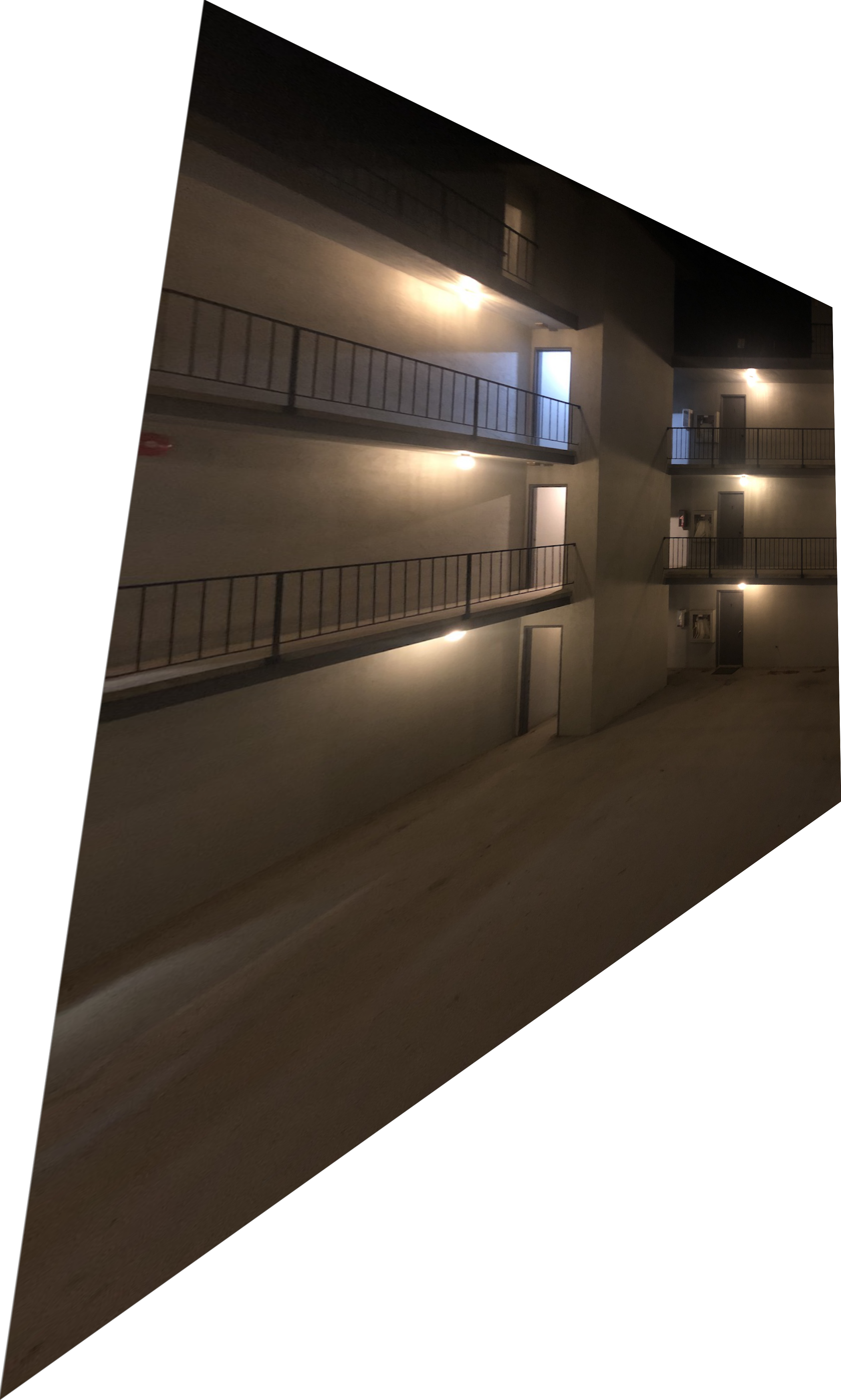 |
| Orignal | Rectified |
|---|---|
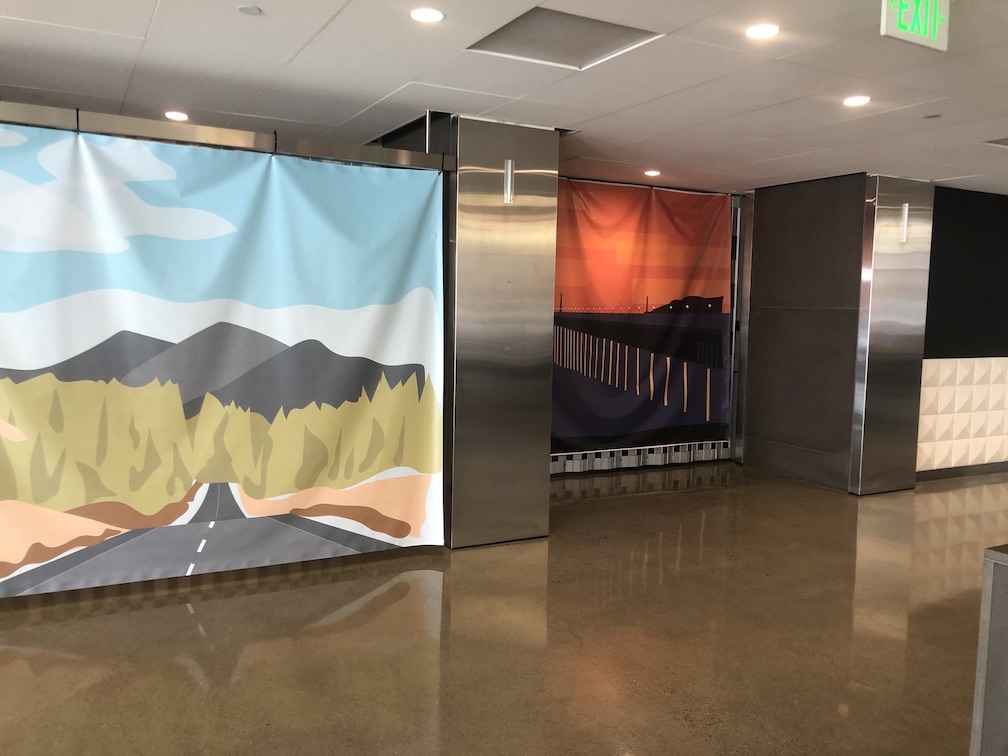 |
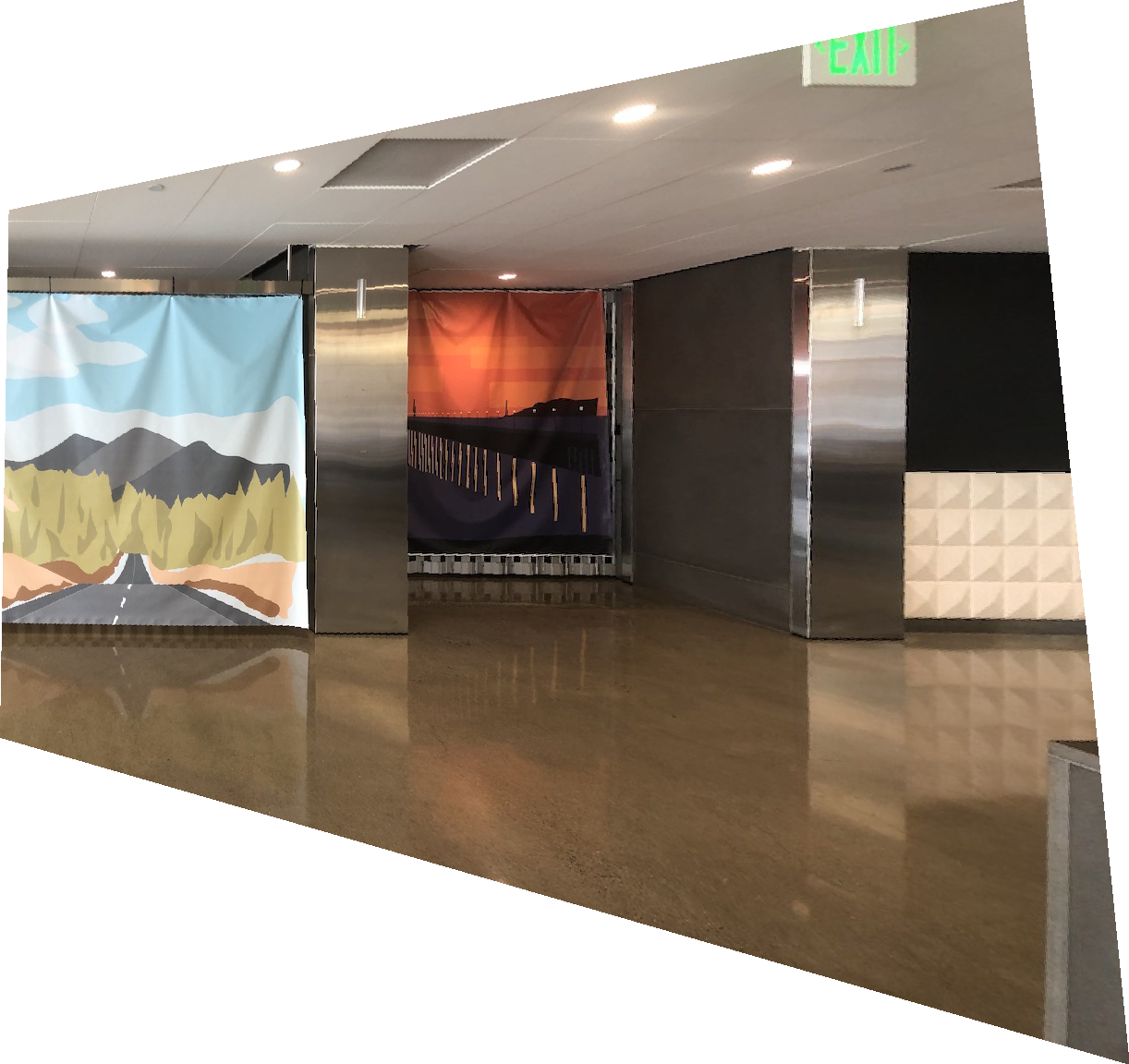 |
I warp my images one by one, slowing growing my mosaic. I find the combined image bounds to create the final image's size, and translate them to the correct position. To merge the edges together nicely, I applied some simple feathering where the alpha falls off linearly at the edges.
| Angle A | Angle B | Combined |
|---|---|---|
 |
 |
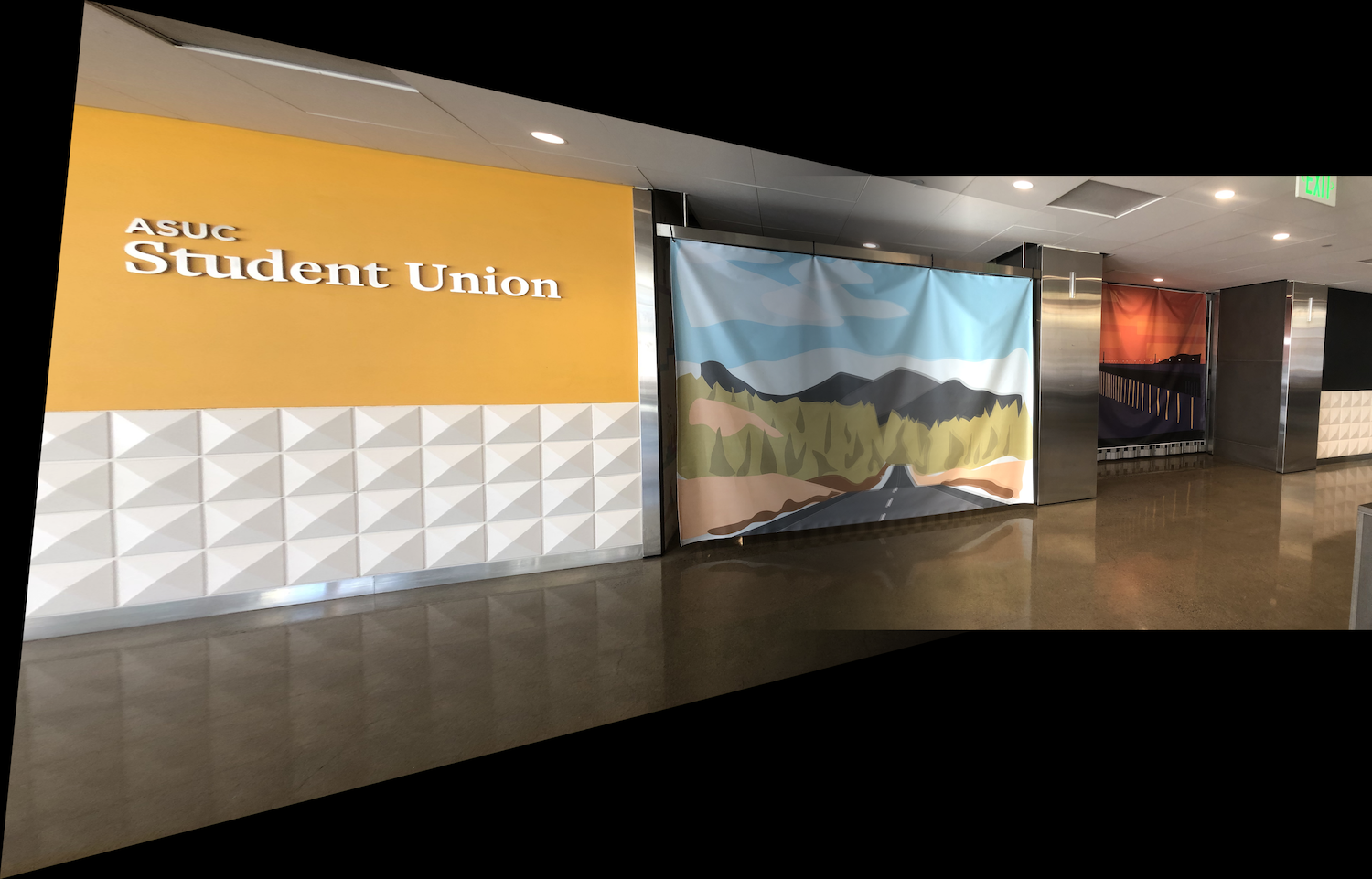 |
| Angle A | Angle B | Combined |
|---|---|---|
 |
 |
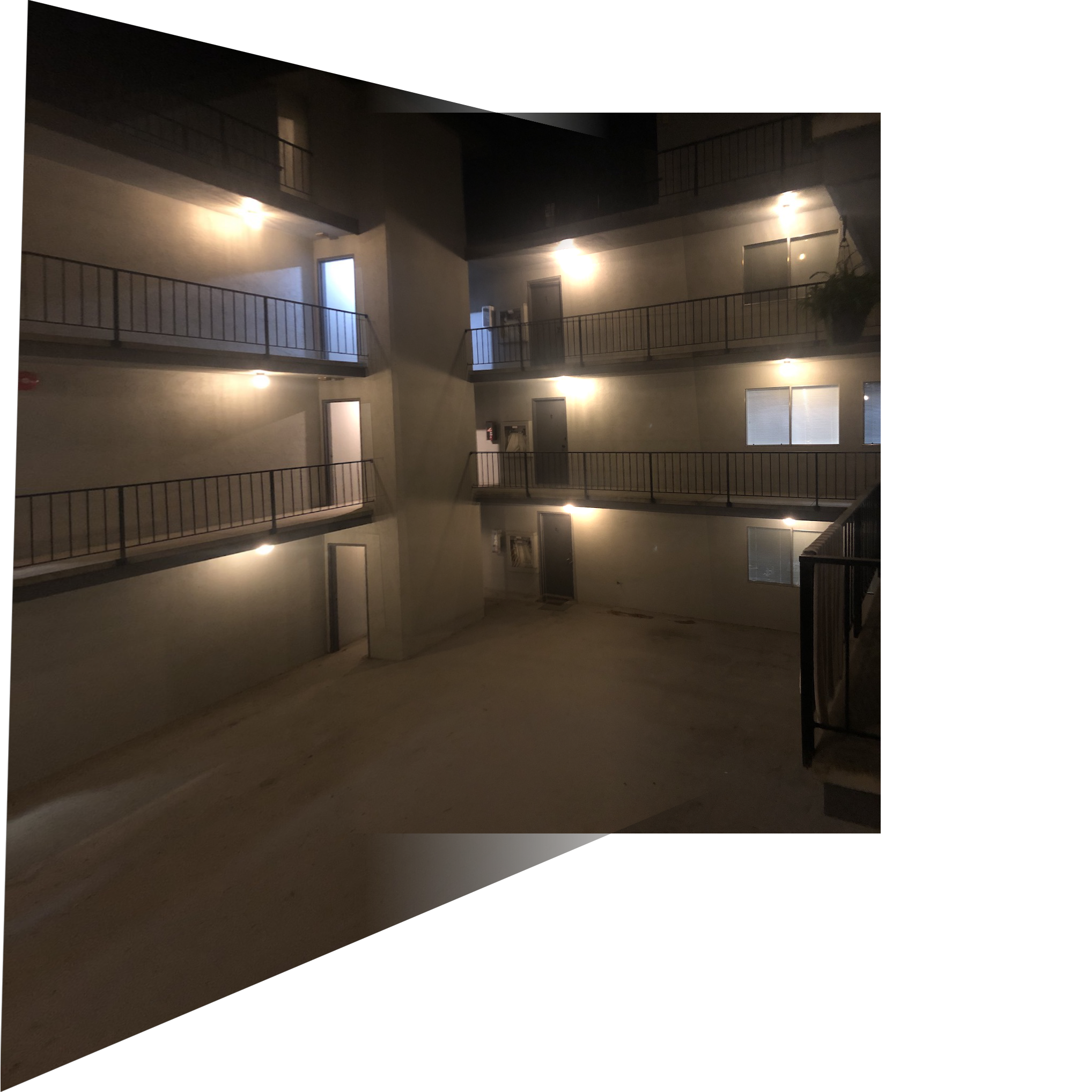 |
| Angle A | Angle B | Combined |
|---|---|---|
 |
 |
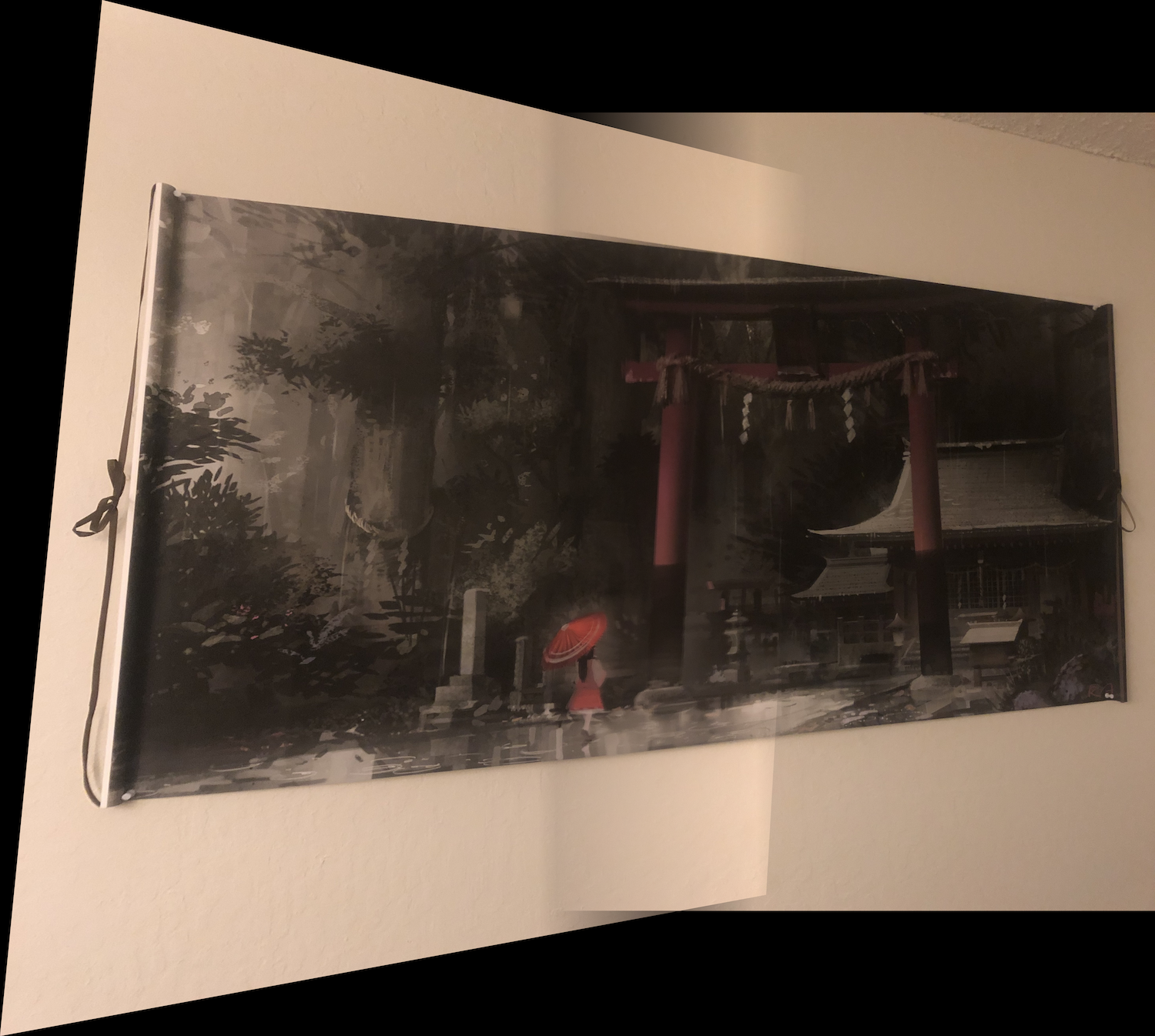 |
I learned that over-defining the feature points are the most crucial factors to creating a clean mosaic. When I selected points that were too close to each other, a small error could result in a massively incorrect homography and transformation.